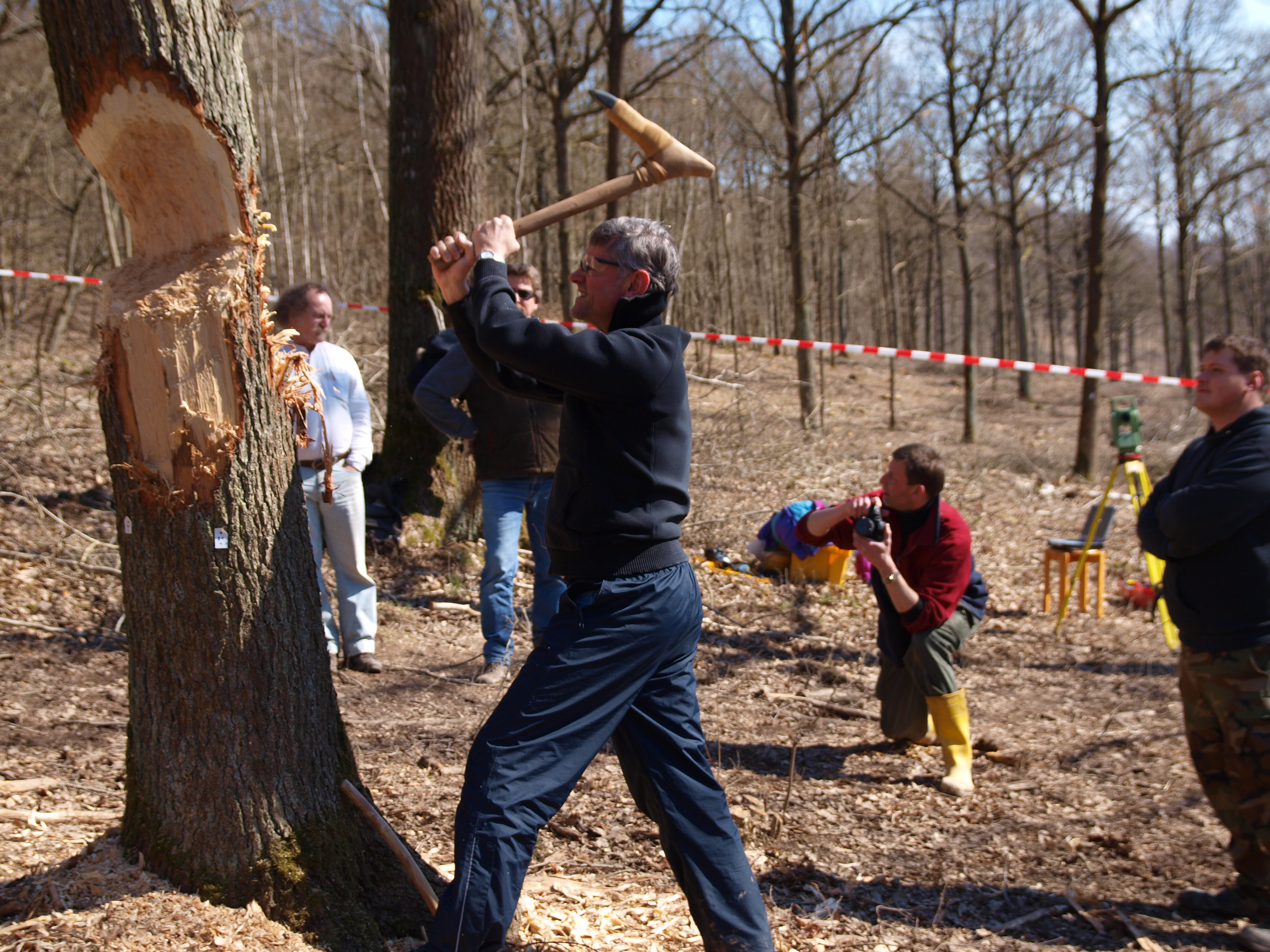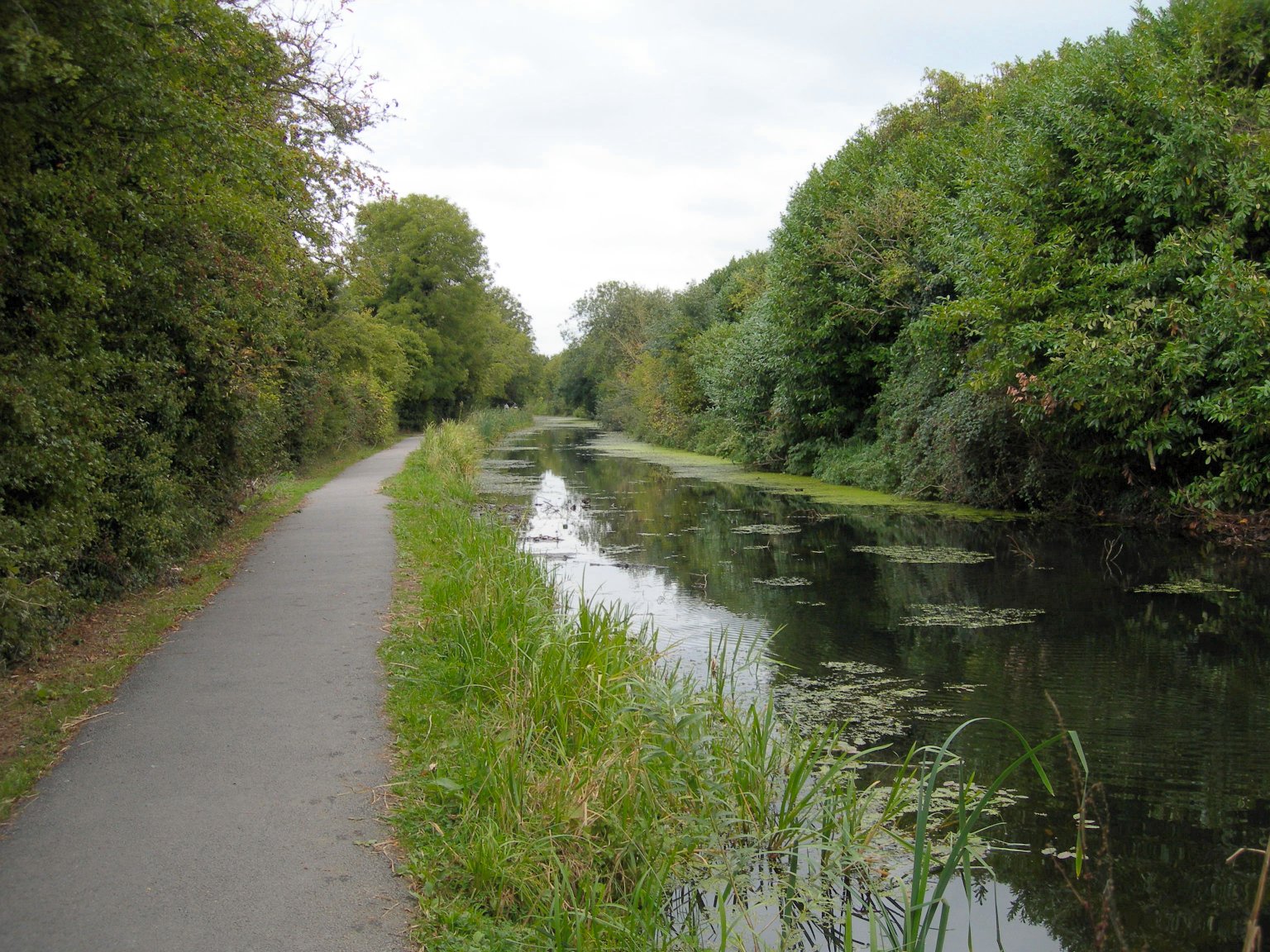|
Round House (dwelling)
A roundhouse is a type of house with a circular plan, usually with a conical roof. In the later part of the 20th century, modern designs of roundhouse eco-buildings were constructed with materials such as cob, cordwood or straw bale walls and reciprocal frame green roofs. Europe United Kingdom Roundhouses were the standard form of housing built in Britain and Ireland from the Bronze Age throughout the Iron Age, and in some areas well into the Sub Roman period. The people built walls made of either stone or of wooden posts joined by wattle-and-daub panels, and topped with a conical thatched roof. These ranged in size from less than 5m in diameter to over 15m. The Atlantic roundhouse, Broch, and Wheelhouse styles were used in Scotland. The remains of many Bronze Age roundhouses can still be found scattered across open heathland, such as Dartmoor, as stone 'hut circles'. Early archeologists determined what they believed were the characteristics of such structures by the layout ... [...More Info...] [...Related Items...] OR: [Wikipedia] [Google] [Baidu] |
Loch Tay Crannog 02
''Loch'' ( ) is a word meaning "lake" or "inlet, sea inlet" in Scottish Gaelic, Scottish and Irish Gaelic, subsequently borrowed into English. In Irish contexts, it often appears in the anglicized form "lough". A small loch is sometimes called a lochan. Lochs which connect to the sea may be called "sea lochs" or "sea loughs". Background This name for a body of water is Insular Celtic languages, Insular CelticThe current form has currency in the following languages: Scottish Gaelic, Irish language, Irish, Manx language, Manx, and has been borrowed into Scots language, Lowland Scots, Scottish English, Irish English and Standard English. in origin and is applied to most lakes in Scotland and to many sea inlets in the west and north of Scotland. Many of the loughs in Northern England have also previously been called "meres" (a Northern English dialect word for "lake", and an archaic Standard English word meaning "a lake that is broad in relation to its depth"), similar to th ... [...More Info...] [...Related Items...] OR: [Wikipedia] [Google] [Baidu] |
Experimental Archaeology
Experimental archaeology (also called experiment archaeology) is a field of study which attempts to generate and test archaeological Hypothesis, hypotheses, usually by replicating or approximating the feasibility of ancient cultures performing various tasks or feats. It employs a number of methods, techniques, analyses, and approaches, based upon Archaeology, archaeological source material such as ancient structures or Artifact (archaeology), artifacts. It is distinct from uses of primitive technology without any concern for archaeological or historical study. Living history and historical reenactment, which are generally undertaken as hobbies, are non-archaeological counterparts of this academic discipline. One of the main forms of experimental archaeology is the creation of copies of historical structures using only historically accurate technologies. This is sometimes known as reconstruction archaeology or reconstructional archaeology; however, reconstruction implies an exact ... [...More Info...] [...Related Items...] OR: [Wikipedia] [Google] [Baidu] |
Bostadh (Iron Age Settlement)
The Bostadh settlement (also known as Traigh Bosta; Traigh Bostadh; Bosta) is a settlement of houses located on Bosta Beach. The Bostadh Iron Age settlement is located on the island of Great Bernera in the Outer Hebrides, Scotland. The settlement originally dates to the Late Iron Age, about 400-800 CE. A later Norse structure was built on top of the Iron Age settlement. The settlement was located in an advantageous area; it had easy access to a freshwater stream to the south, and its proximity to the ocean provided easy access to fishing waters. The Bostadh Iron Age settlement is a scheduled monument. It is monitored by Historic Environment Scotland and is managed by the Comunn Eachdraidh sgire Bhearbaraidh (Bernera Historical Society). Archaeology Prior to excavation there was a variety of evidence indicating the presence of a settlement on Bosta Beach, including artefacts and signs of the presence of structures. As early as 1966 the presence of midden deposits and stone stru ... [...More Info...] [...Related Items...] OR: [Wikipedia] [Google] [Baidu] |
Bosta Iron-age House - Geograph
Bosta may refer to: * Bosta (film), a 2005 Lebanese film * British Orthodontic Society Technicians Award The British Orthodontic Society (BOS) is a medical association for orthodontists in England. It publishes the '' Journal of Orthodontics''. The British Orthodontic society represents all orthodontists and dentists carrying out orthodontics a ... * Bosta, Hungary * Bosta, Bangladesh * Bostadh, Great Bernera, Outer Hebrides, Scotland * Bostadh Iron Age settlement {{Disambig ... [...More Info...] [...Related Items...] OR: [Wikipedia] [Google] [Baidu] |
Cornwall
Cornwall (; or ) is a Ceremonial counties of England, ceremonial county in South West England. It is also one of the Celtic nations and the homeland of the Cornish people. The county is bordered by the Atlantic Ocean to the north and west, Devon to the east, and the English Channel to the south. The largest urban area is the Redruth and Camborne conurbation. The county is predominantly rural, with an area of and population of 568,210. After the Redruth-Camborne conurbation, the largest settlements are Falmouth, Cornwall, Falmouth, Penzance, Newquay, St Austell, and Truro. For Local government in England, local government purposes most of Cornwall is a Unitary authorities of England, unitary authority area, with the Isles of Scilly governed by a Council of the Isles of Scilly, unique local authority. The Cornish nationalism, Cornish nationalist movement disputes the constitutional status of Cornwall and seeks greater autonomy within the United Kingdom. Cornwall is the weste ... [...More Info...] [...Related Items...] OR: [Wikipedia] [Google] [Baidu] |
Bodrifty
Bodrifty is the modern name of an Iron Age village, now in ruins, in Cornwall, England, United Kingdom. It is 700 yards west of Mulfra Hill in Penwith District, 3 miles northwest of Penzance and 1.5 miles southwest of Porthmeor, on the high ground of the watershed between the Atlantic and the English Channel. Today the settlement is barely more than a farm within the boundary of the village of New Mill, just north of Boskednan. History Professor Tim Darvill dates Bodrifty as far back as the seventh century BC, but James Dyer has claimed that Bodrifty began as an open settlement in the fourth century BC. During the Iron Age, Bodrifty was inhabited by peasants who lived in round huts and cultivated small fields in the area. The settlement thrived between the fifth and second centuries BC, and Pytheas Pytheas of Massalia (; Ancient Greek: Πυθέας ὁ Μασσαλιώτης ''Pythéās ho Massaliōtēs''; Latin: ''Pytheas Massiliensis''; born 350 BC, 320–306 BC) w ... [...More Info...] [...Related Items...] OR: [Wikipedia] [Google] [Baidu] |
Cheshire
Cheshire ( ) is a Ceremonial counties of England, ceremonial county in North West England. It is bordered by Merseyside to the north-west, Greater Manchester to the north-east, Derbyshire to the east, Staffordshire to the south-east, and Shropshire to the south; to the west it is bordered by the Welsh counties of Flintshire and Wrexham County Borough, Wrexham, and has a short coastline on the Dee Estuary. The largest settlement is Warrington. The county has an area of and had a population of 1,095,500 at the 2021 United Kingdom census, 2021 census. The areas around the River Mersey in the north of the county are the most densely populated, with Warrington, Runcorn, Widnes, and Ellesmere Port located on the river. The city of Chester lies in the west of the county, Crewe in the south, and Macclesfield in the east. For Local government in England, local government purposes Cheshire comprises four Unitary authorities of England, unitary authority areas: Cheshire East, Cheshire We ... [...More Info...] [...Related Items...] OR: [Wikipedia] [Google] [Baidu] |
Beeston Castle
Beeston Castle is a former Castle, Royal castle in Beeston, Cheshire, Beeston, Cheshire, England (), perched on a rocky sandstone crag above the Cheshire Plain. It was built in the 1220s by Ranulf de Blondeville, 6th Earl of Chester (1170–1232), on his return from the Crusades. In 1237, Henry III of England, Henry III took over the ownership of Beeston, and it was kept in good repair until the 16th century, when it was considered to be of no further military use, although it was pressed into service again in 1643, during the English Civil War. The castle was slighted (partly demolished) in 1646, in accordance with Oliver Cromwell, Cromwell's destruction order, to prevent its further use as a bastion. During the 18th century, parts of the site were used as a quarry. The castle is a Scheduled Monument, Scheduled Ancient Monument owned and managed by English Heritage. The walls of the outer bailey and the gatehouse and curtain walls of the inner bailey are recorded separately in ... [...More Info...] [...Related Items...] OR: [Wikipedia] [Google] [Baidu] |
Wiltshire
Wiltshire (; abbreviated to Wilts) is a ceremonial county in South West England. It borders Gloucestershire to the north, Oxfordshire to the north-east, Berkshire to the east, Hampshire to the south-east, Dorset to the south, and Somerset to the west. The largest settlement is Swindon, and Trowbridge is the county town. The county has an area of and a population of 720,060. The county is mostly rural, and the centre and south-west are sparsely populated. After Swindon (183,638), the largest settlements are the city of Salisbury (41,820) and the towns of Chippenham (37,548) and Trowbridge (37,169). For local government purposes, the county comprises two unitary authority areas: Swindon and Wiltshire. Undulating chalk downlands characterize much of the county. In the east are Marlborough Downs, which contain Savernake Forest. To the south is the Vale of Pewsey, which separates the downs from Salisbury Plain in the centre of the county. The south-west is also downland, ... [...More Info...] [...Related Items...] OR: [Wikipedia] [Google] [Baidu] |
Swindon
Swindon () is a town in Wiltshire, England. At the time of the 2021 Census the population of the built-up area was 183,638, making it the largest settlement in the county. Located at the northeastern edge of the South West England region, Swindon lies on the M4 corridor, 84 miles (135 km) to the west of London and 36 miles (57 km) to the east of Bristol. The Cotswolds lie just to the town's north and the North Wessex Downs to its south. Recorded in the 1086 Domesday Book as ''Suindune'', the arrival of the Great Western Railway in 1843 transformed it from a small market town of 2,500 into a thriving railway hub that would become one of the largest Swindon Works, railway engineering complexes in the world at its peak. This brought with it pioneering amenities such as the UK's first lending library and a 'cradle-to-grave' healthcare centre that was later used as a blueprint for the NHS. Swindon's railway heritage can be primarily seen today with the grade 2 listed Railway Villag ... [...More Info...] [...Related Items...] OR: [Wikipedia] [Google] [Baidu] |
Barbury Castle
Barbury Castle is a Scheduled monument, scheduled hillfort in Wiltshire, England. It is one of several such forts found along the ancient The Ridgeway, Ridgeway route. The site, which lies within the Wessex Downs Area of Outstanding Natural Beauty, has been managed as a country park by Swindon, Swindon Borough Council since 1971. It is on Barbury Hill, a local vantage point, which, under ideal weather conditions, commands a view across to the Cotswolds and the River Severn. It has two deep defensive ditches and ramparts. History The site was first occupied some 2,500 years ago, and was then in use during the Ancient Rome, Roman occupation of the area. Archaeological investigations at Barbury have shown evidence of a number of buildings, indicating a village or military garrison at this time. In the 6th century the site became part of the Anglo-Saxon England, Saxon kingdom of Wessex, following the defeat of the Romano-British at the Battle of Beran Byrig, Battle of Beranburgh, ' ... [...More Info...] [...Related Items...] OR: [Wikipedia] [Google] [Baidu] |







